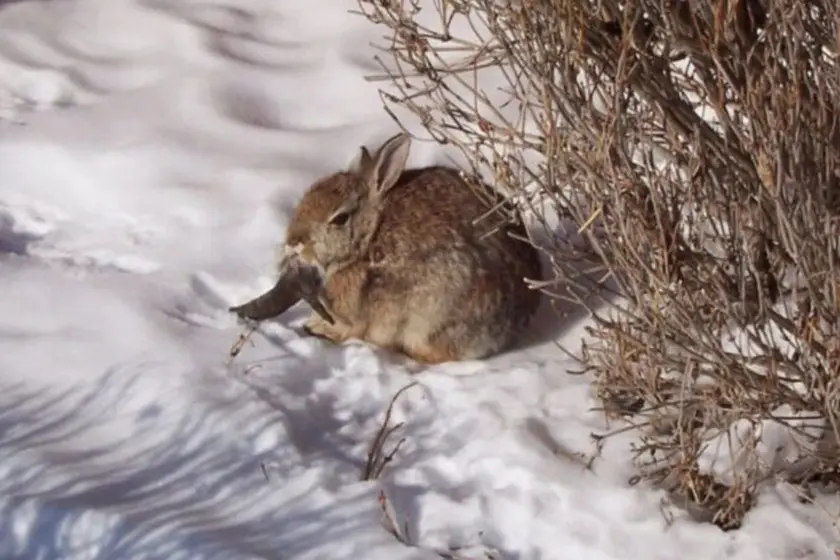T4K3.news
Frankenstein rabbits spotted in Colorado
Wildlife officials urge distance as scientists study a strange virus in rabbits.
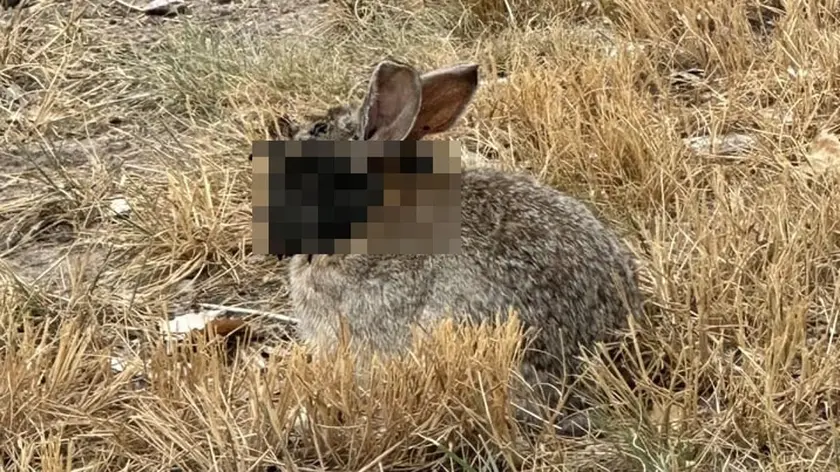
Unusual rabbit deformities linked to Shope papillomavirus raise questions about wildlife illness and public reaction.
Frankenstein Rabbits with Tentacles Spotted Across the Midwest
Rabbits in Colorado have been spotted with startling growths that look like black tentacles emerging from their heads and mouths. The sightings center on Fort Collins and date back to 2024, when residents shared images of the animals. Scientists identify the cause as Shope papillomavirus SPV, a disease that causes tumors around the head and face and can be spread by mosquitoes or ticks. Wildlife officials say the current risk to people or domestic animals remains low, but they urge the public to keep distance and not handle wild rabbits.
The virus can produce horn like tumors that may persist for years. In some cases warts turn malignant and require veterinary care if pets are infected. Experts note that direct contact between rabbits does not commonly spread SPV, though infected insects can carry the virus between animals. Officials say the virus has been seen mainly in Colorado so far and could appear in other parts of the Midwest as rabbit populations move or as mosquitoes spread the virus.
Key Takeaways
"It looks like it was black quills or black toothpicks sticking out all around his or her mouth"
Fort Collins resident Susan Mansfield describing the animal
"The virus does not pose a public health risk to people"
Colorado Parks and Wildlife statement
"Keep your distance and do not touch them"
Wildlife officials guidance
The story blends curiosity with caution. It shows how one wildlife anomaly can ignite online chatter while real risk remains limited. The responsible message is clear: avoid touching wild rabbits with unusual growths and let experts study the disease. The episode also highlights how quickly unusual wildlife events become national conversations and how public bodies communicate in plain terms to prevent panic. As climate patterns shift and animal migrations change, occasional spikes like this may recur, demanding steady messaging more than sensational headlines.
Highlights
- Let experts handle the strange and the rare
- Stay calm and observe from a distance
- Nature can surprise us, science can explain
- Facts matter more than fear in the wild
Public health and wildlife risk from unusual SPV cases
Unusual rabbit growths linked to SPV raise concerns about wildlife disease and public reaction. Officials caution against touching animals and emphasize calm monitoring as scientists study the disease.
Experts will speak again as new data arrive
Enjoyed this? Let your friends know!
Related News

Frankenstein bunnies spotted in Colorado

Frankenstein rabbits alert
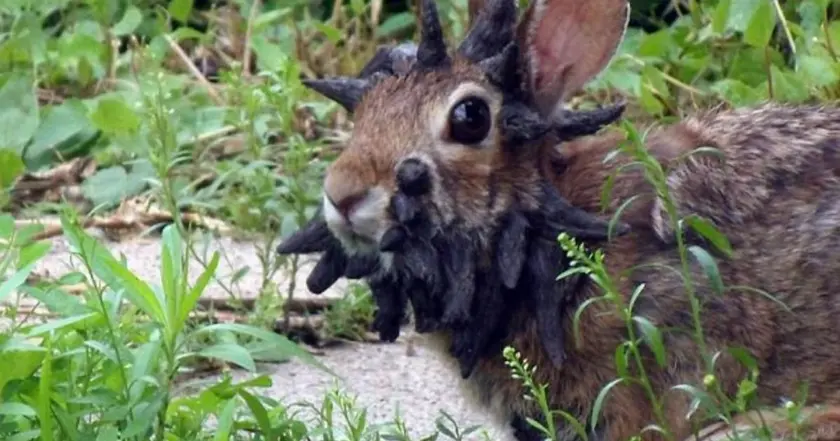
Virus turns CO rabbits into horned Frankenbunnies

Unusual rabbits in Fort Collins prompt health guidance
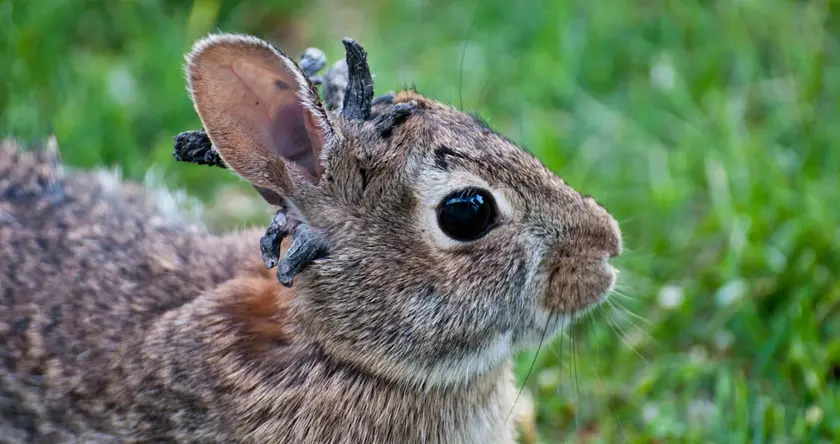
Wildlife health update from Colorado
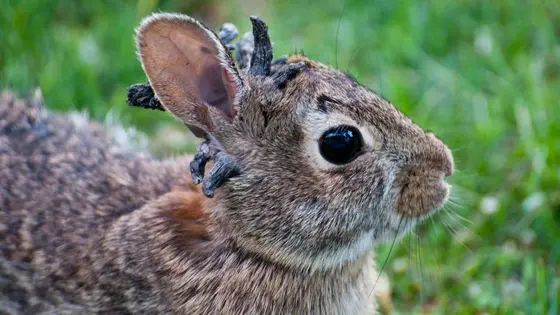
Rabbits with hornlike growths in Colorado
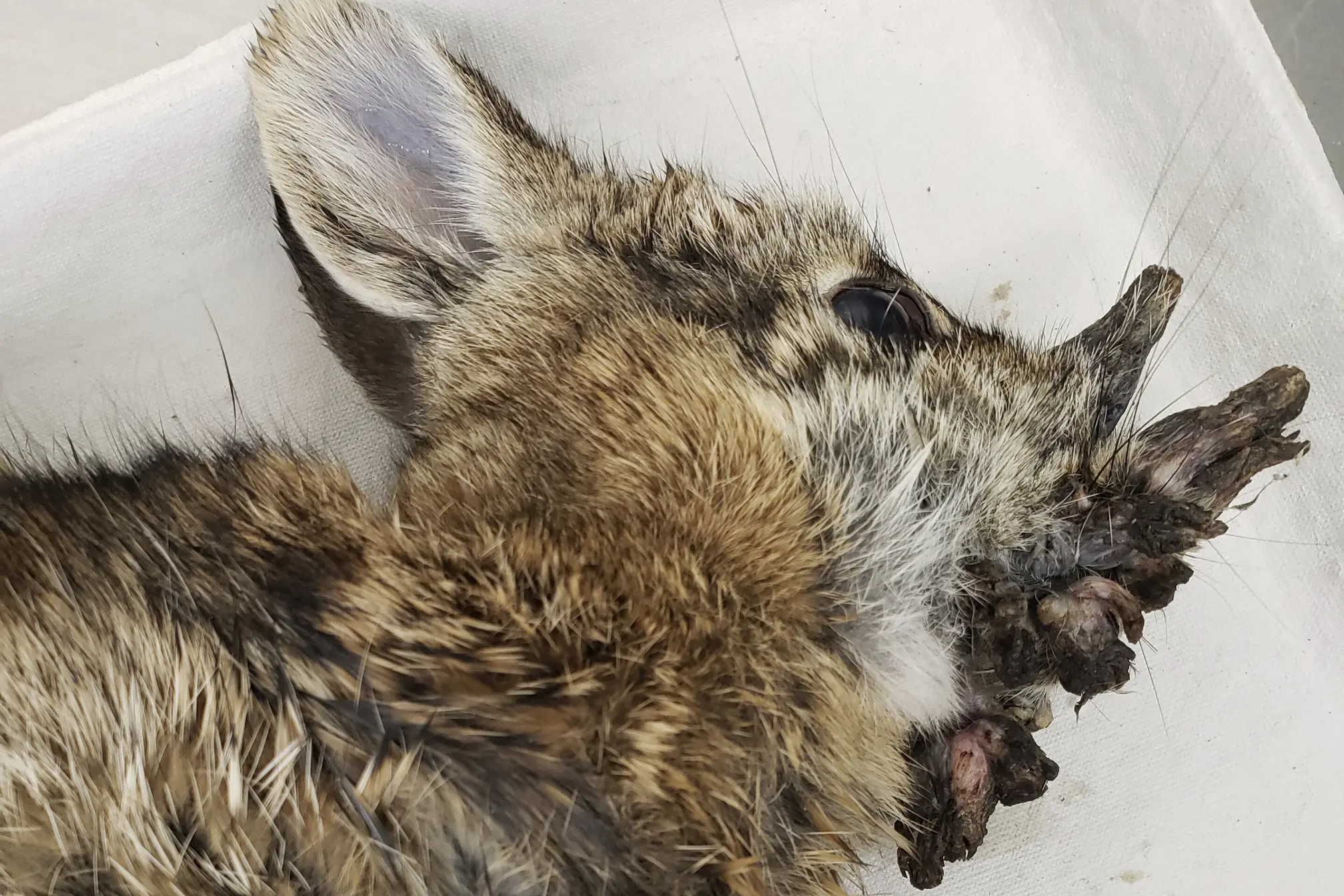
Colorado rabbits show hornlike growths linked to a common virus
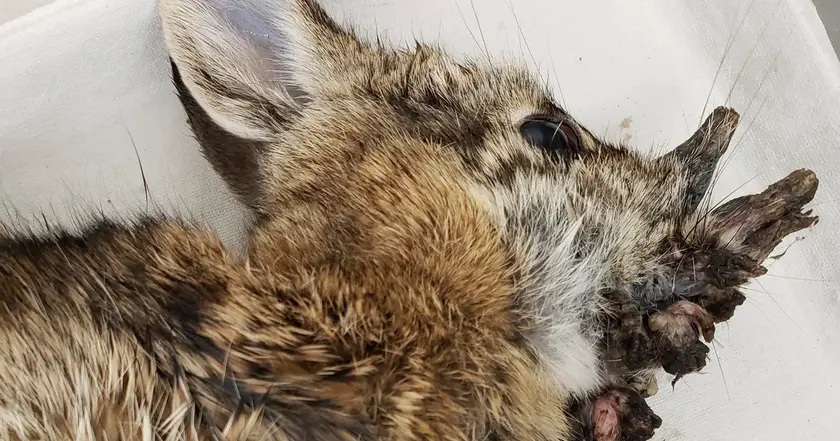
Colorado rabbits grow hornlike growths from a common virus
